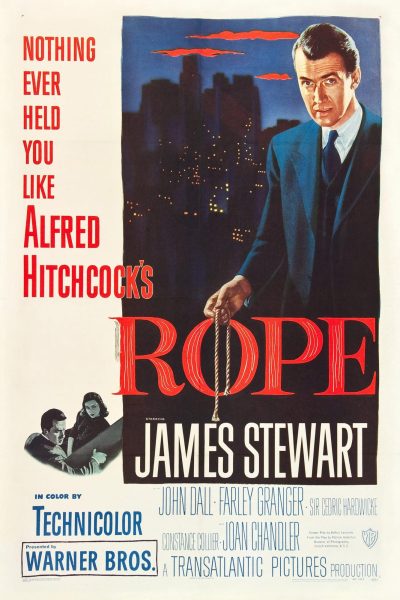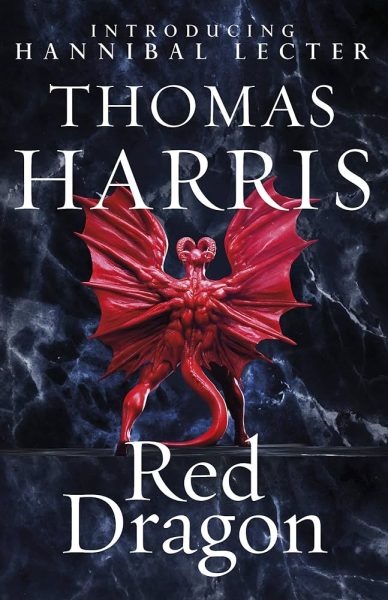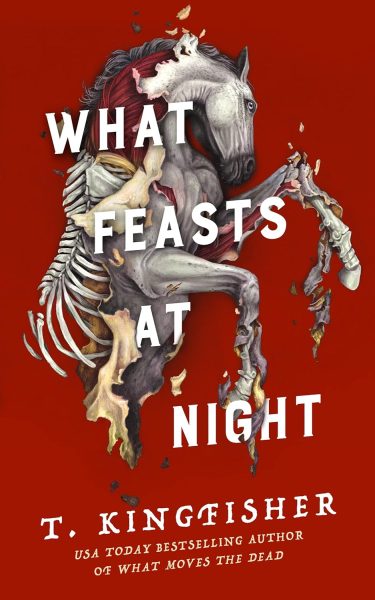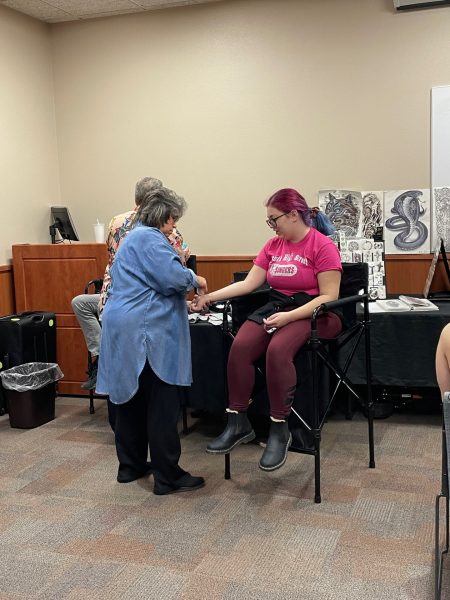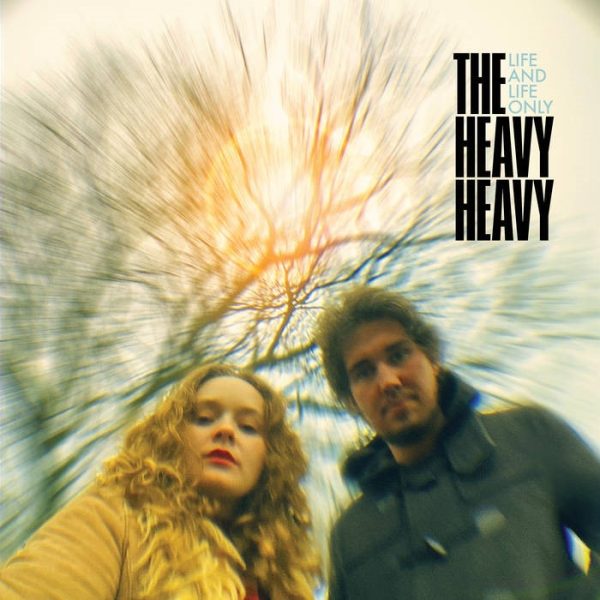Movie Review: “1917” (Spoiler Alert)
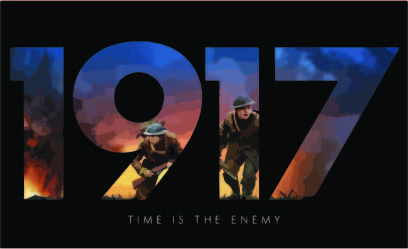
Elizabeth Kaiser graphic
The film “1917” is a force to be reckoned with. It has big set pieces, strong A-list actors and amazing camera action. It is really a beautiful movie and was a big hit when it came out in theaters in late 2019 (Britain) and early 2020 (United States).
The movie is about two soldiers in the 8th Battalion during WWI. These two soldiers, Schofield, portrayed by George McKay, and Blake, portrayed by Dean-Charles Chapman, must hand deliver a letter to Colonel McKenzie, portrayed by Benedict Cumberbatch, calling off an attack on retreating German soldiers as the 8th has discovered it is a trap.
The way the story flows is amazing. What really helped the story flow exceptionally well, especially in this case, was the camera work. Since “1917” was shot with fluid camera movement, making it look like the entire film was shot in one scene, it posed a specific challenge: how will the scenes flow together?
The scenes always have connective boundaries between them, usually filled with dialogue. Once the characters reach a point, they usually talk about it while wandering around, looking for people. Then, something happens, usually something bad, that moves them to a new scene and away from the previous one. There are only two noticeable cuts throughout the entire film.
Because of the nature of the “uncut” scenes, measures were put in place to make it feel so. There are strategic cuts such as a person walking in front of the camera or the camera panning away from actors to show inanimate objects. The way the editors and producers do this is magnificent. It is hard to tell when there is a cut.
Director Sam Mendes also needed to create big, unbreaking sets for the actors to walk across. There were about 5,200 feet of trenches dug for the film. The sets had to be built to accommodate the actors as well as the camera to follow them. Some of the buildings were made to be pulled apart as the camera passed through them, and some tunnels were wide enough to assist the camera movements. This is an amazing feat, and one would not know all the work that had to be put into the movie without watching the behind-the-scenes to the film.
The sets are incredibly detailed in every way. What makes the sets feel even more real is the inclusion of all the extras. There were about 500 extras used. It is especially striking in one of the final scenes where Schofield runs across a trench where the extras are running over to attack. It is an amazing shot and is probably the best scene in the movie.
During this run from the trench not everything goes exactly as planned. When the army is attacking, there are shells hitting near the trenches, blasting bodies everywhere. Schofield must run and dodge through all the men attacking. Schofield does run through but hits one man and stumbles.
The dialogue between action scenes is very interesting. During these more calm scenes, the characters talk about their backstories or things that have happened to them. There is one scene where Blake is arguing with Schofield about how Schofield traded a metal for bravery in battle for wine. Schofield explains that he was hungry and that his wife would not care about a ribbon and tin when he was dead. Just this back and forth between Schofield and Blake provides a lot of backstory. Schofield has a family. Both the soldiers do not get enough rations. Schofield is a veteran of a battle.
Throughout the entire journey, both characters are always looking for food. There is one scene where they think they have found some, but it ends up just being dog food. This provides good authenticity to the film.
Authenticity is a key part of a war movie, and this movie shows it wonderfully. The way every soldier is dressed and the supplies that they have make it feel like they went back in time to film.
There is a lot of depth to the characters, mostly shown through action. Schofield deeply cares about Blake, even if Blake almost gets him killed. You can really see that the war has taken a toll on both. Schofield and Blake help others in need, even if they are the enemy.
“1917” emphasizes the point that it is not about the destination but the journey. This is important for many movies. Schofield knows his duty, and the viewer knows it, but how is he going to achieve that goal? What actions do the characters need to take to complete their quest?
In “1917,” there is no one person who is the antagonist; the antagonist is time. Time is valuable in this film because they have only a couple hours to get to their destination. There are many things that can and do go wrong. All the odds seem to be against them; everything is going wrong. They have one duty, and if they fail then over a thousand men will perish.
There are many great things that “1917” accomplished, but there are also some less-great things. There are multiple times where there was supposed to be suspense, but it feels like there is nothing. Schofield gets shot at many times, yet never gets hit. It seems unrealistic and takes suspense away. It feels like there are no long-term effects for the character.
There are also many uses of visual effects, mostly for rats. Visual effects are pieces that are put into a shot after its completion that are not real. The rats do not look up to par with the rest of the film. Yes, they look good, but it is sometimes easy to tell they are fake.
The ending is good, though not enough. It feels like Schofield did his job, but there is still another year left in the war. The film is not about ending the war; it is about delivering the letter.
Yet, it still feels like something is missing. There is still room for the characters to progress. There is still more for them to do.
George MacKay, who portrays William Schofield, does an amazing job. The believability of him being a veteran of the Somme and being developed by the war really brought up the film. He makes the audience feel upset when things are not going right. When he is helping Blake through a tough time, he translates the pain of both actors to the audience in a way that is not seen often. MacKay makes it all feel real, like everything happened.
There may be minor things wrong with “1917,” but that does not at all make it a bad movie. It has really proven itself in the industry. With the amazing camera and cast, this is a film that will go down in history.
“1917” received many nominations and many awards. It was nominated for Best Picture and Best Director at the Academy Awards. At the Academy Awards it won Best Cinematography, Best Sound Mixing and Best Visual Effects. It also won Best Director and Best Picture-Drama at the Golden Globes.
Film Review Score-8.7/10
“1917” can be rented on Google, YouTube or Vudu.





